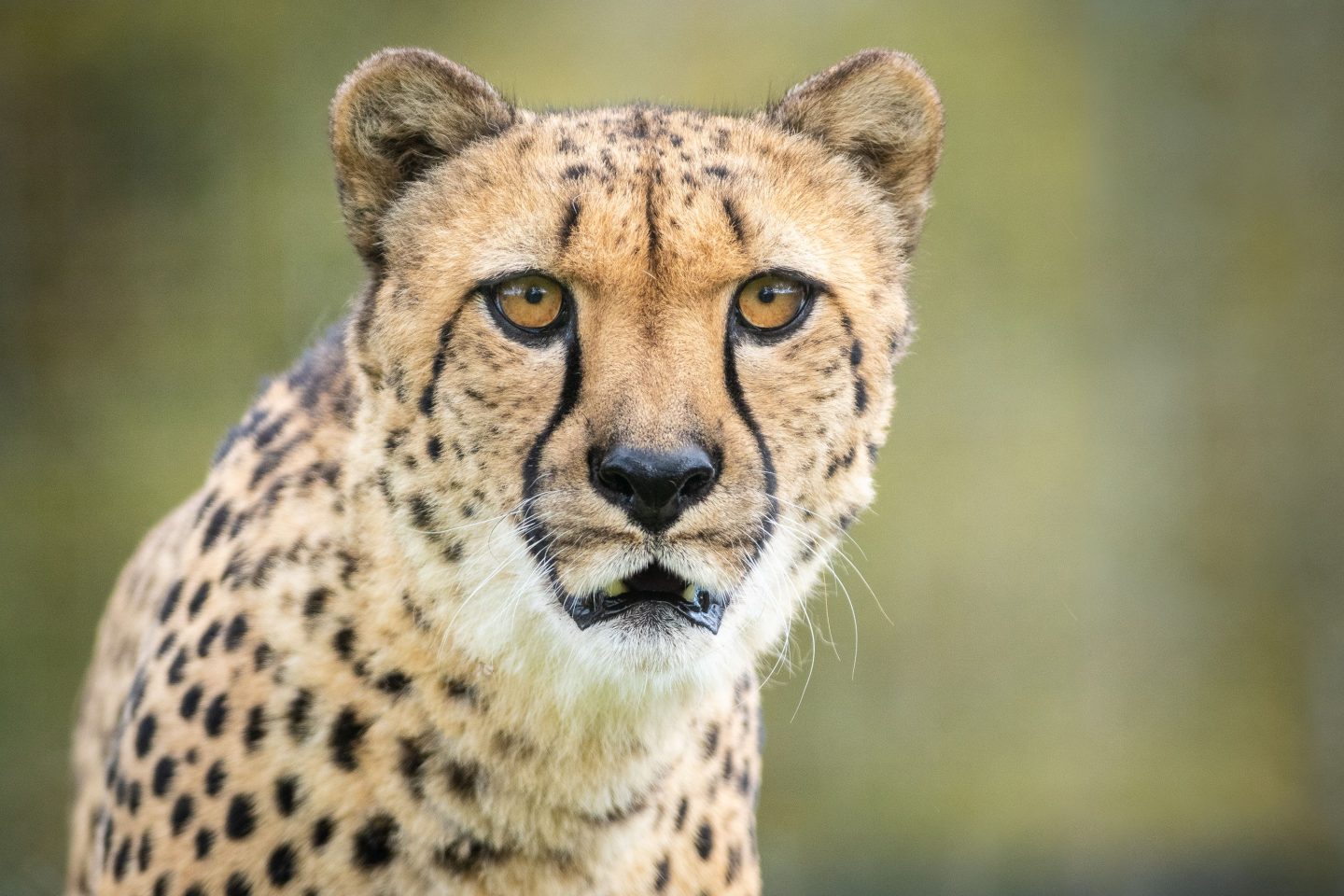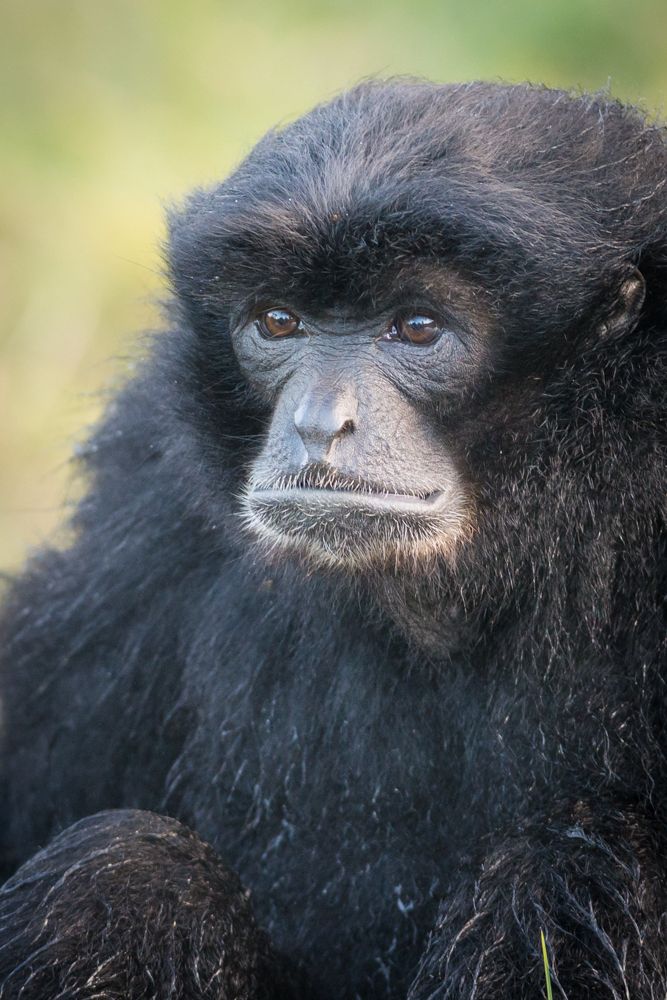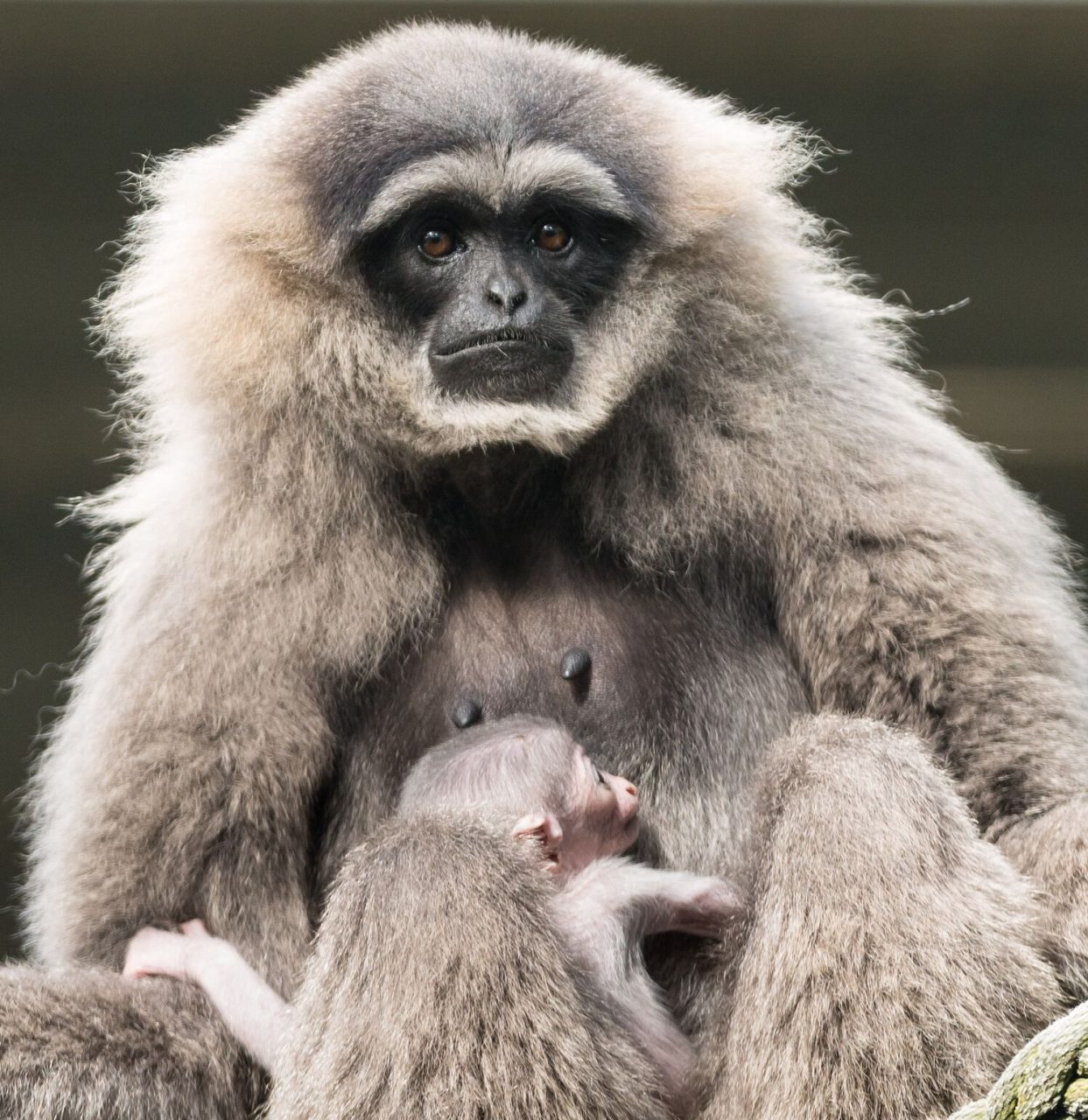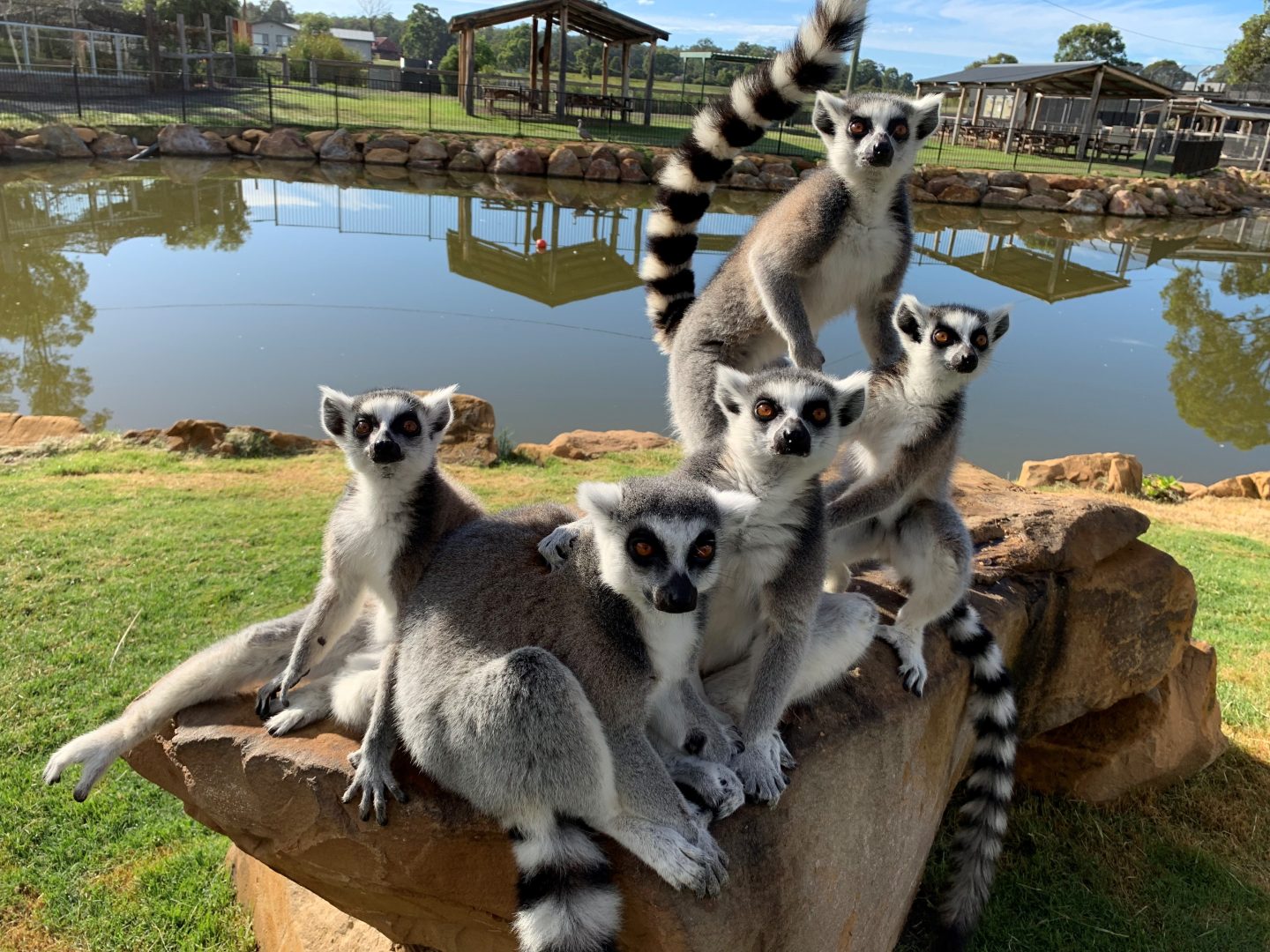WESTERN LOWLAND GORILLA
Gorilla gorilla gorilla



DESCRIPTION
The Western Lowland Gorilla (Gorilla gorilla gorilla), the smallest and most widespread gorilla, roams the lush tropical rainforests of Central Africa, from Cameroon to Gabon. These gentle giants are fruit fanatics, munching on leaves and stems when snacks are scarce. Living in tight-knit groups led by a silverback boss, they’re skilled climbers and seed-spreading forest heroes. Sadly, they face threats from habitat loss, poaching, and disease, making conservation efforts critical to keeping these jungle icons thriving.Habitat
Primarily found in lowland tropical forest particularly where there is dense ground level herbaceous growth, swap forest with new growth and hot and humid with year round rainfall
DIET
The Western Lowland Gorilla is primarily herbivorous, with a varied diet that includes a wide range of plant-based foods. They are particularly fond of fruits, which make up most of their diet when in season. When fruits are less abundant, they turn to leaves, stems, and shoots for nutrition. They also eat seeds, bark, and occasionally insects, such as ants and termites, for an extra protein boost. Their diet plays a key role in forest regeneration, as they help disperse seeds while foraging.
ENDANGERMENT STATUS
The Western Lowland Gorilla is classified as Critically Endangered. Their population has dramatically declined due to a combination of threats, including habitat loss, poaching, illegal pet trade, and the spread of diseases like Ebola. Deforestation and human encroachment on their forest habitats have made survival even more challenging. Conservation efforts, such as anti-poaching measures, habitat protection, and eco-tourism initiatives, are critical in helping to protect and stabilize their population in the wild.
ANIMAL FACTS
WESTERN LOWLAND GORILLA
GROUP NAME
Troop or Band
Native To
Central Africa, Southern Africa
SIZE
1.4-1.8 metres tall
BABY NAME
Infant
Habitat
Found in countries such as Cameroon, Gabon, Republic of the Congo, Central African Republic, Equatorial Guinea, and parts of Angola. These gorillas prefer remote, forested areas where they can find plenty of food, including fruits, leaves, and stems. Though they spend most of their time on the ground, they are also skilled climbers, often building nests in trees to sleep. Their habitat is crucial to their survival, but it is increasingly threatened by deforestation and human activity.

Did You Know?
A gorilla’s strength is legendary—one adult male silverback can be up to 10 times stronger than the average human. But despite their immense power, they’re known for being gentle giants.
Family Focused: They live in tight-knit family groups, usually led by a dominant silverback male, who acts as protector and leader.
Skilled Climbers: Although they’re mostly ground dwellers, these gorillas are excellent climbers, using trees for food and even building nests to sleep in!
Big Talkers: Gorillas have a wide range of vocalizations, from grunts and growls to hoots and barks, to communicate with their family members.
MEET OUR
ANIMAL FAMILY

stay in touch with Your Australian wildlife parks family
Stay up-to-date and subscribe to our newsletters
Your information is only utilised by Australian Wildlife Parks. For more information see our privacy policy.
Read our Ticket Terms and Conditions of Entry for all Australian Wildlife Parks here
MOGO Wildlife Park acknowledges Aboriginal people as the traditional custodians of the land on which our offices and operations are located, and we pay our respects to Elders past, pres ent and future.
© 2019-2024 Australian Wildlife Parks • Privacy Policy • Disclaimer















